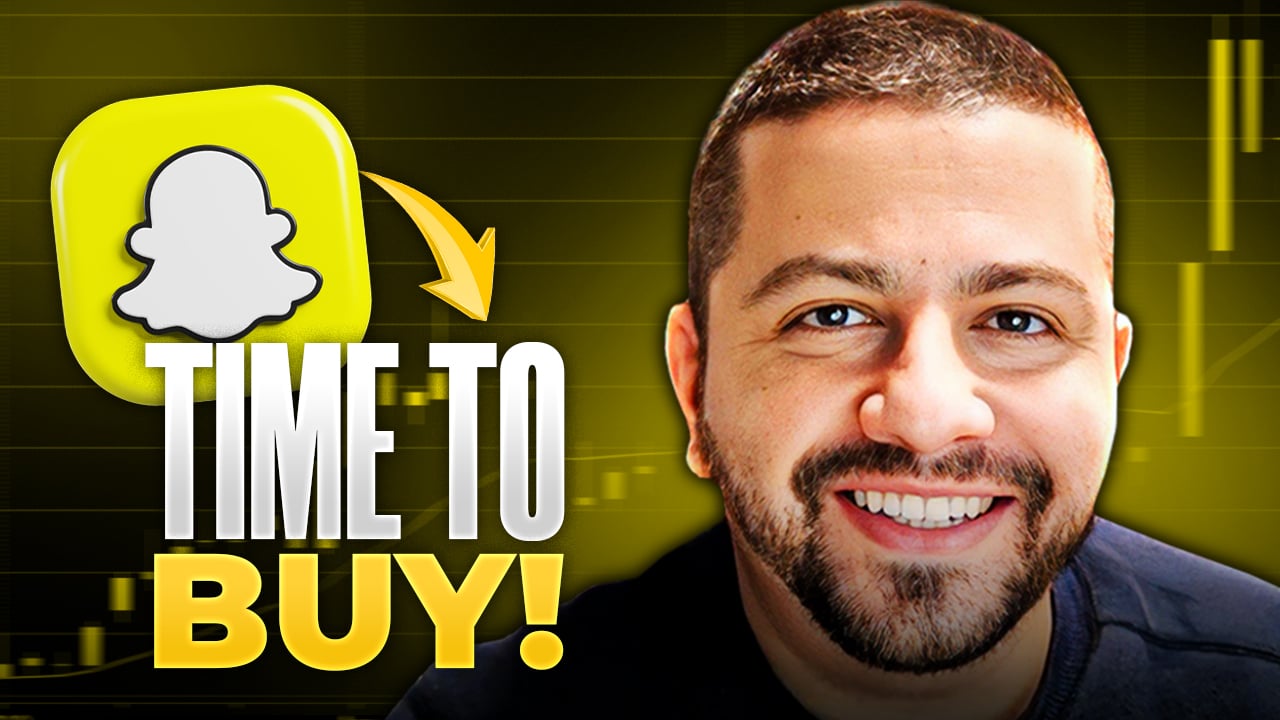Quibi, the video streaming service founded by media mogul Jeffrey Katzenberg in 2018, will launch on April 6 and offer ten-minute videos that can be viewed both vertically and horizontally. Unlike Netflix and other video services that stream content on TVs, Quibi only streams its content on mobile devices.
Quibi has raised over $1.4 billion from tech and media giants like Disney, Comcast's NBCUniversal, AT&T's Time Warner, Sony, and Alibaba. It even bought ads during the Super Bowl and Oscars to tease its upcoming launch.

Quibi CEO Meg Whitman and founder Jeffrey Katzenberg. Image source: Quibi.
Meg Whitman, the former CEO of Hewlett Packard Enterprise, currently leads Quibi. The company poached employees from Snap (SNAP 1.64%) and Facebook's (FB +0.52%) Instagram to build the platform, and hired lots of Hollywood talent -- including Steven Spielberg, Kiefer Sutherland, and Zac Efron -- to helm its new shows.
Snap even listed Quibi as a potential competitor in its last 10-K filing, which suggests that the new service might pull users away from Snapchat's growing lineup of Discover videos. Snap is clearly being cautious, but I seriously doubt Quibi will ever threaten Snapchat for three simple reasons.
1. It's not a social network
Snapchat's Discover videos and Quibi both target a mobile-first audience with short videos. Snapchat's Original shows generally last for about five minutes, with two to three ads inserted in each episode. Quibi also plans to insert ads in each ten-minute episode.
Yet Snapchat's Discover tab is an extension of its social network, which grew its daily active users 17% annually to 218 million last quarter. Snap locks users into that ecosystem with ephemeral messages, short video stories, AR filters, games, and more -- all social features Quibi will lack.
Last quarter Snap stated that the daily time spent by Snapchatters watching its Discover videos grew 35% annually, with over 50 Discover shows reaching a monthly audience of over ten million viewers. It also launched 78 new international Discover channels during the fourth quarter, compared to 53 new channels in the third quarter, to expand its overseas presence.
Quibi will likely struggle to catch up to Snapchat without a firm social foundation. Without that underlying ecosystem, Quibi will need to resort to expensive ad campaigns to market new shows.
2. A money-burning experiment
Quibi raised over $1 billion so far, but it expects to spend over $1.1 billion to produce over 7,000 short form videos for the first year. Katzenberg claims that the company is paying studios their production costs plus 20% (at a rate of up to $6 million per hour) to produce Quibi shows. Last October Quibi stated that its $150 million inventory in ads had "sold out" for the first year.
Those numbers, which don't factor in Quibi's marketing expenses, indicate that it won't generate nearly enough revenue to cover its costs. And there are already signs that investors are getting cold feet -- Quibi's latest funding round in January, which raised $400 million, fell short of the company's prior target of $500 million.

Image source: Getty Images.
If Quibi doesn't make an earth-shattering impression in its first year, it will likely run out of money as investors back off. Snap is also unprofitable, but its negative free cash flow of $75.9 million last quarter marked a significant improvement from its negative FCF of $148.8 million a year earlier -- and indicates that it can simply wait for Quibi to burn out.
3. Quibi's standout feature is an odd gimmick
Quibi's core gimmick is the ability to seamlessly watch videos in portrait and landscape mode, but there's no proven demand for this format.
Snapchat's videos are exclusively vertical, but Instagram's IGTV ditched its vertical video requirement after content creators complained that they couldn't repost standard horizontal YouTube videos to the platform. YouTube also started allowing users to post vertical videos, but most of its content still runs in landscape mode.
Verizon (VZ 0.15%) also chased the streaming video trend with Go90, which encouraged users to rotate their phones to watch horizontal videos. The platform, which was also initially backed by some big media companies, flopped due to weak marketing campaigns and intense competition in the streaming video market.
In short, viewers tend to favor one format or the other, depending on the app. Blending the two is unnecessary, confusing, and forces studios to constantly center the scripted action on the screen so it doesn't get cut off in vertical mode.
The key takeaways
Quibi is a late arrival in a crowded market, and its lack of social networking foundation and moat, along with its money-losing business model, could doom the platform. Therefore, Snap investors shouldn't fret too much about Quibi -- it will likely implode instead of winning over Discover viewers.








